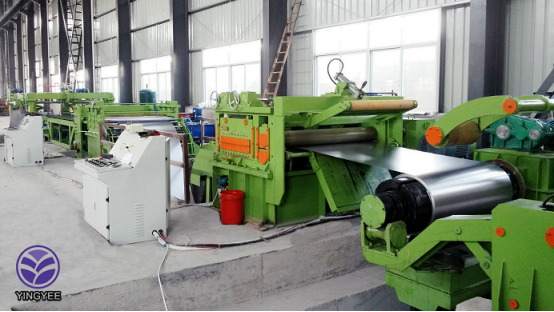
The Straight Seam Tube Rolling Mill Innovations and Applications
The straight seam tube rolling mill is an essential piece of equipment in the production of steel tubes and pipes, serving industries ranging from construction to oil and gas. This advanced manufacturing technology has undergone significant evolution, enhancing efficiency, quality, and product versatility.
At its core, a straight seam tube rolling mill works by converting flat steel strips into cylindrical tubes. The process begins with a cold-formed strip, which is fed into the mill. Through a series of rollers and forming sections, the strip is shaped into a round profile. Special welding processes, commonly high-frequency induction or TIG welding, are then employed to fuse the edges of the strip together, creating a continuous tube with a straight seam. This method is particularly advantageous, as it ensures high strength and uniformity in the final product.
One of the key innovations in straight seam tube rolling mills is the use of advanced automation and computer control systems. These technologies allow for precise adjustments in speed, pressure, and temperature, ensuring consistent quality across batches. Additionally, automation reduces the likelihood of human error, leading to lower production costs and increased output. As industries demand rapid production without compromising quality, these enhancements have positioned the straight seam tube rolling mill as a critical asset.

Moreover, the versatility of straight seam tubes makes them suitable for a variety of applications. They are widely used in the construction of structural components, automotive manufacturing, and even in the production of furniture. Their durability and adaptability to different specifications make them a favorite among engineers and designers. Furthermore, advancements in materials science have allowed manufacturers to produce tubes with enhanced corrosion resistance and higher tensile strength, further broadening their usage.
Environmental considerations have also influenced the design and operation of rolling mills. Manufacturers are increasingly focusing on energy efficiency and waste reduction. By employing technologies such as regenerative drives and optimizing rolling processes, mills can significantly reduce their carbon footprint while maintaining productivity.
In conclusion, the straight seam tube rolling mill has evolved into a cornerstone of modern manufacturing. With its innovative technologies, broad range of applications, and commitment to sustainability, it plays a vital role in various industries. As the demand for high-quality steel products continues to grow, the tubes produced by these mills will remain integral to infrastructure development and engineering solutions worldwide. The future of tube manufacturing looks promising, with continuous improvements poised to enhance both performance and environmental responsibility.